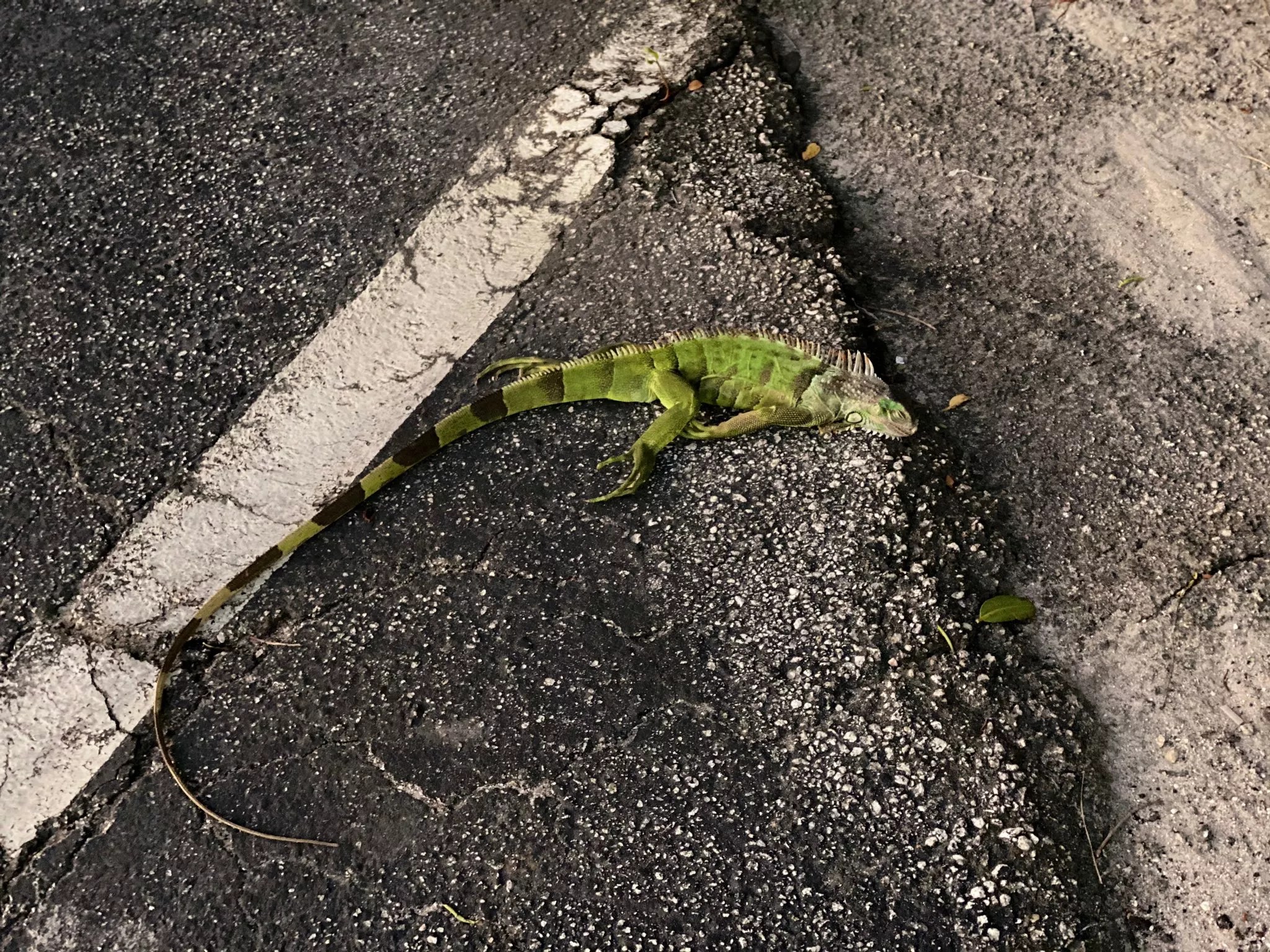

Audio By Carbonatix
Miami winter means three things and three things only: abominable fashion choices, churros con chocolate, and an apocalyptic hailstorm of frozen iguanas. So consider today, January 22, the official start of that season: According to local meteorologists, temperatures this morning are the coldest in nearly a decade.
At Miami International Airport, temps dipped to 41 degrees – the lowest mark since December 28, 2010. When you figure in the wind chill, parts of the Miami metro area felt as cold as 23 degrees this morning.
The cold snap follows what climatologists say was one of the hottest years on record in South Florida. Thanks to climate change and global warming, 2019 tied 2015 and 2017 for the highest annual average temperature in Miami.
Nope. Weather gets us cold at times but climate change is quite clear pic.twitter.com/pOxSHqW8K7
— Eric Blake (@EricBlake12) January 22, 2020
When news happens, Miami New Times is there —
Your support strengthens our coverage.
We’re aiming to raise $30,000 by December 31, so we can continue covering what matters most to you. If Miami New Times matters to you, please take action and contribute today, so when news happens, our reporters can be there.
Today, temperatures in Miami are expected to climb into the 60s, topping out at 67 with a slight chance of rain.
As most Floridians know, the cooler weather causes iguanas – one of the state’s most pervasive invasive species – to rain down from the trees. Because iguanas are cold-blooded, their bodies can become frozen and essentially paralyzed when temps drop into the 40s. Thus, the National Weather Service in Miami issued an advisory yesterday:
Prepare for a bLIZARD. https://t.co/9opwBtrEh1
— Brittany Wallman (@BrittanyWallman) January 21, 2020
Man Down! pic.twitter.com/Sk5wKqcq95
— Alfred Spellman (@AlfredSpellman) January 22, 2020
My friend woke up to this on her car @OfficialJoelF pic.twitter.com/IViFc4bfNj
— Demello (@DemelloDaniel) January 22, 2020
Luckily for the lizards, Miami’s winter lasts but a night or two. Tomorrow’s forecast calls for temperatures to climb back into the 70s after a low of 67, and the weekend is expected to be mild and offer plenty of sun. So get to La Palma for those churros ahora mismo.